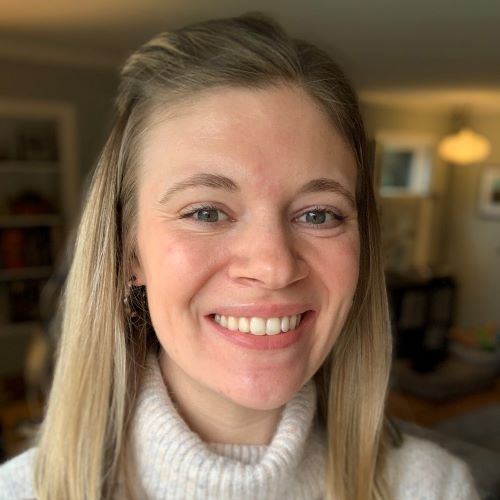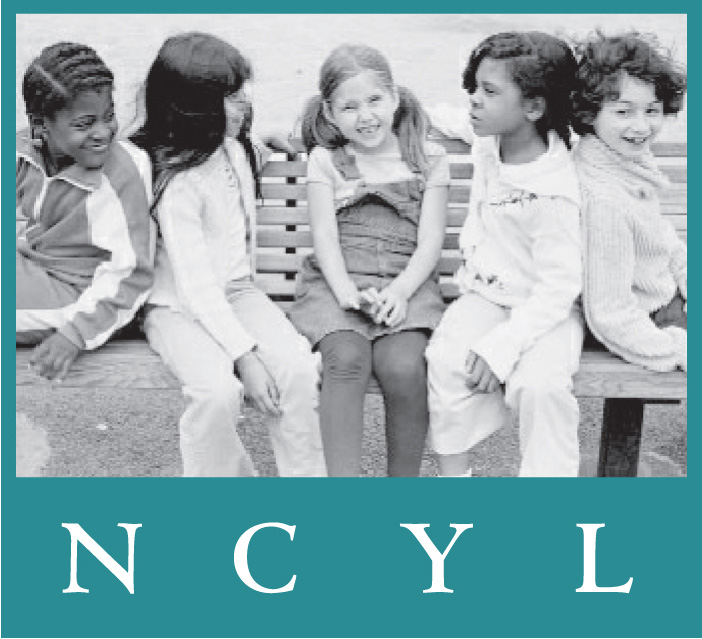Braam V. Washington
A landmark class action started in 1998 to improve conditions of foster care.
Systems Reform – IMPACT LITIGATION
OVERVIEW
Braam v. Washington is a landmark class action started in 1998 on behalf of the State’s foster children to improve conditions of care. The lawsuit was filed on behalf of 13 children by Casey Trupin of Columbia Legal Services, attorney Timothy Farris, and William H. Grimm of the National Center for Youth Law, and sparked a years-long effort to reform the Washington state foster care system, operated by the Children’s Administration at the Department of Social and Health Services (DSHS). Columbia Legal Services attorney Mary van Cleve lead on this case after Trupin left the organization.
In 2003, the Washington Supreme Court held that children in foster care “have a substantive due process right to be free from unreasonable risk of harm, including a risk flowing from the lack of basic services, and a right to reasonable safety.” The Court also found that “the State, as custodian and caretaker of foster children must provide conditions free of unreasonable risk of danger, harm or pain, and must include adequate services to meet the basic needs of the child.”
The 2004 Settlement Agreement created an oversight panel of child welfare experts charged with making findings with regard to specific outcomes, as well as developing a set of Professional Standards.
A 2011 Revised Settlement and Exit Agreement set forth 21 measurable outcomes to improve the lives of foster children, such as reducing caseloads, increasing monthly health and safety visits to children, twice monthly visits or contacts between siblings, improving training and supports for foster parents, and addressing services for youth who run from foster care. To date, the State has met 19 of those 21 outcomes. The case continues under the jurisdiction of the Whatcom County Superior Court.
TEAM

DCYF Embraces Revised Braam Outcomes for Youth Who Run Away from Foster Care




Olympia – Yesterday, Judge Charles R. Snyder, Whatcom County Superior Court, approved a joint motion filed by the State and the plaintiff’s counsel in the Braam v. State of Washington lawsuit revising the outcomes regarding youth who run away from foster care. The Department of Children, Youth, and Families (DCYF) actively participated in the development of these outcomes and together with Plaintiff’s counsel asked the court to change the measures to better reflect the agency’s efforts to prevent youth from running from foster care.
“We are committed to preventing youth from running and, if they do run, we are committed to returning them to care as quickly as possible,” said Ross Hunter, Secretary of the Department of Children, Youth, and Families. “We believe the revised Braam outcomes will provide the data needed to accurately reflect our progress and success in reducing run behavior and help DCYF meet the needs of our youth.”
“This represents the State’s reaffirmation that focusing on the risks to which youth missing from care are exposed, is a critical part of the agency’s mission,” said Mary Van Cleve, counsel for the plaintiffs. “The new measures offer a more robust and realistic way to measure the States performance in helping these youth than did previous measures.”
The joint motion is the result of more than a year of negotiations between the parties. During that time, at the suggestion of the Court, each party engaged experts to help analyze run data and develop improved and more comprehensive outcome measures meant to prevent running away and to shorten the time youth are missing from care.
The Order signed by Judge Snyder establishes three new measures to evaluate the state’s success in preventing runaways and shortening the time youth are missing. The new measures set goals for addressing the needs of youth who run from care once, more than once, as well as focusing on the length of time a youth is missing from care.
Typically, about 375 youth in out-of-home placement in Washington state’s child welfare system will run each year. Some of the documented reasons youth decide to run away are the desire to seek additional freedoms such as spending time with friends, to reconnect with family, to leave a situation they feel is not safe, or to use drugs or alcohol.
It is the job of the state to ensure that when youth who run away from foster care are found they have a safe place to live. When they are taken into custody by law enforcement officers, they can end up going to juvenile detention facilities. Such actions are counterproductive for young people who have not committed crimes and are already frightened and often victims of mistreatment. They should not be placed in detention centers that make them feel they are being treated like juveniles who have committed crimes. Some youth are in need of placement in a secured facility until they stabilize.
“This modification to the settlement agreement places Washington in the forefront of all states in addressing concerns about youth who run away from foster care. Few other states even collect accurate data about this population,” said William Grimm, Senior Director for Strategic Advocacy, Child Welfare, at the National Center for Youth Law, co-counsel in the case.
DCYF supports Senate Bill 5290, which brings attention to the need for youth who have not committed crimes to have safe, stable placements that meet their needs. When foster youth return from being on the run, DCYF works to find good placements for them that meet their unique needs. This bill brings to the forefront the need to avoid the placement of these youth in detention, in favor of increasing facilities and funding for services for youth in need of better placement options.
The parties are to return to Court in one year for review of the state’s progress in achieving compliance with these new goals.
